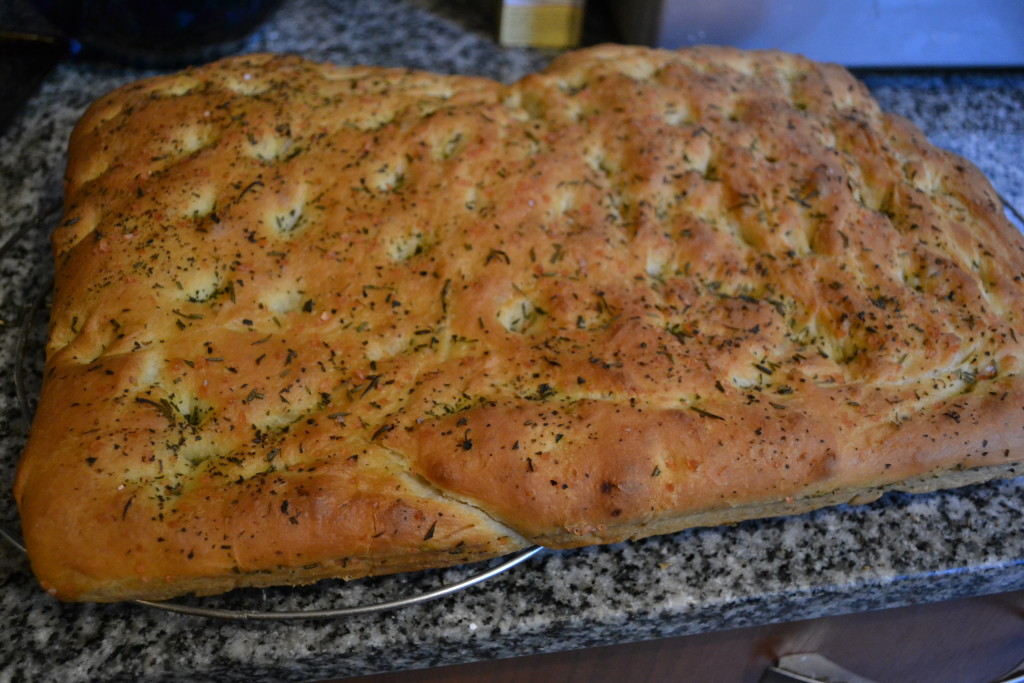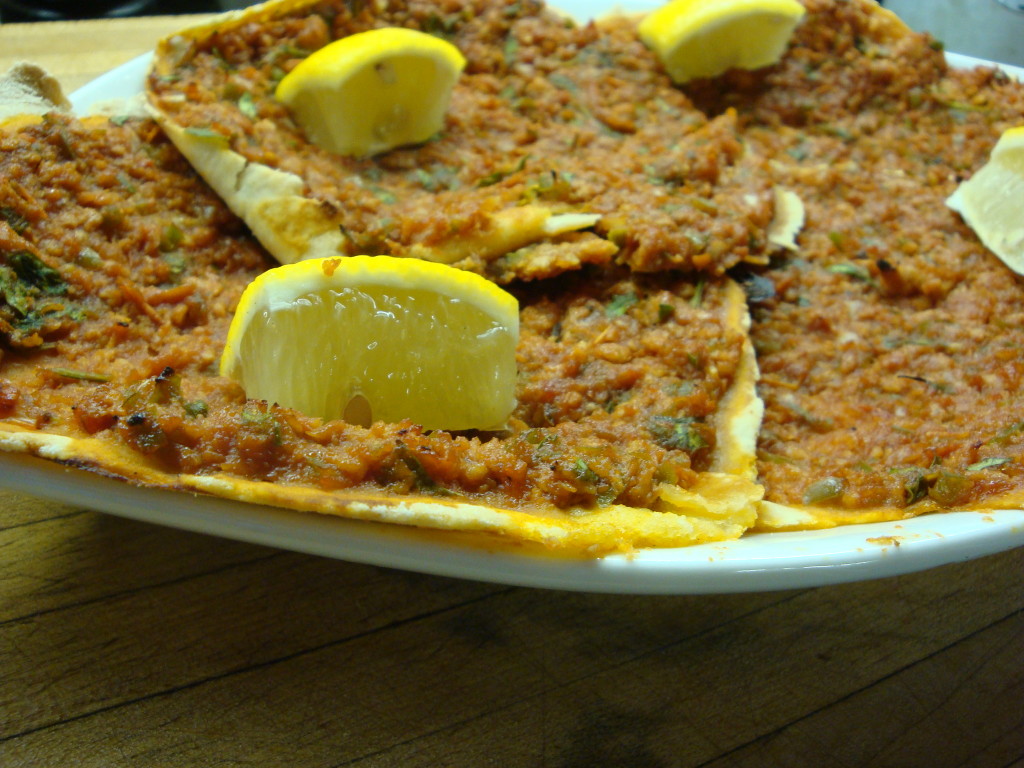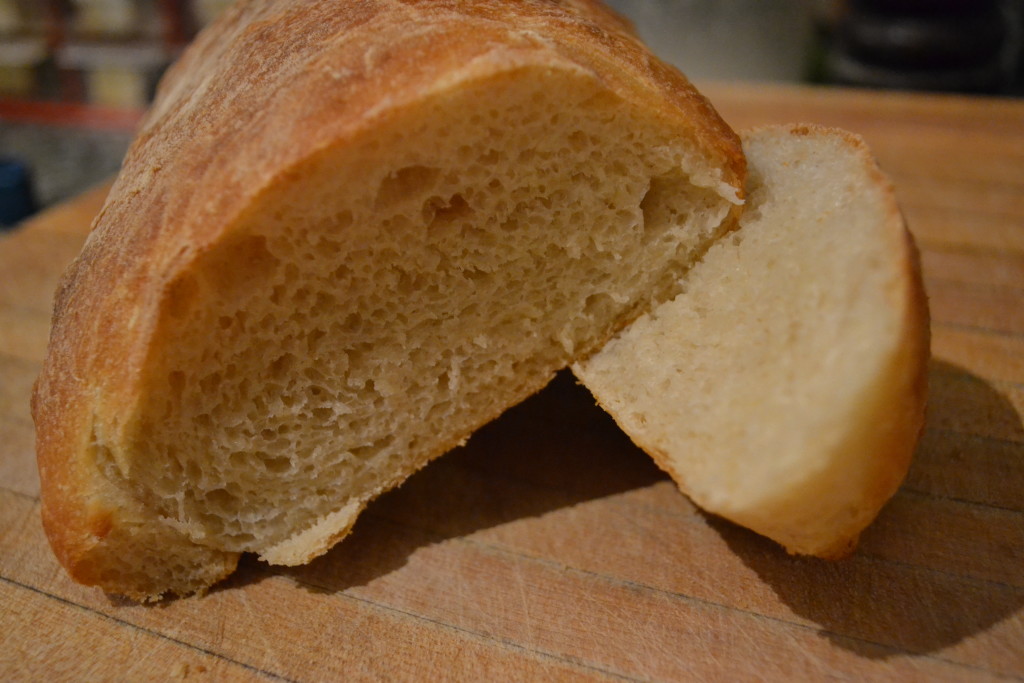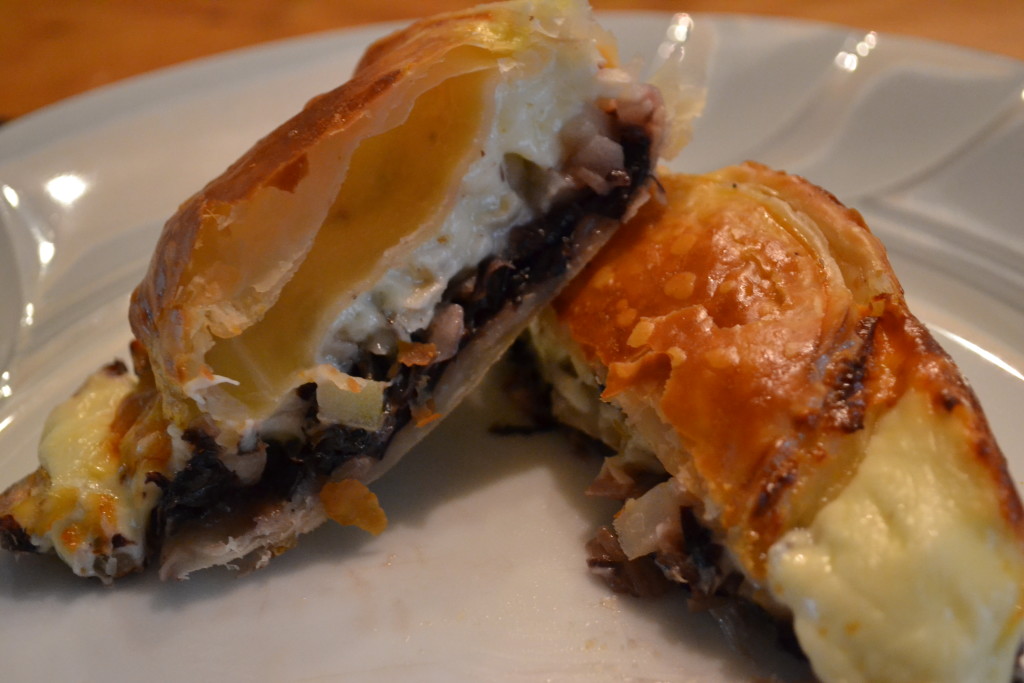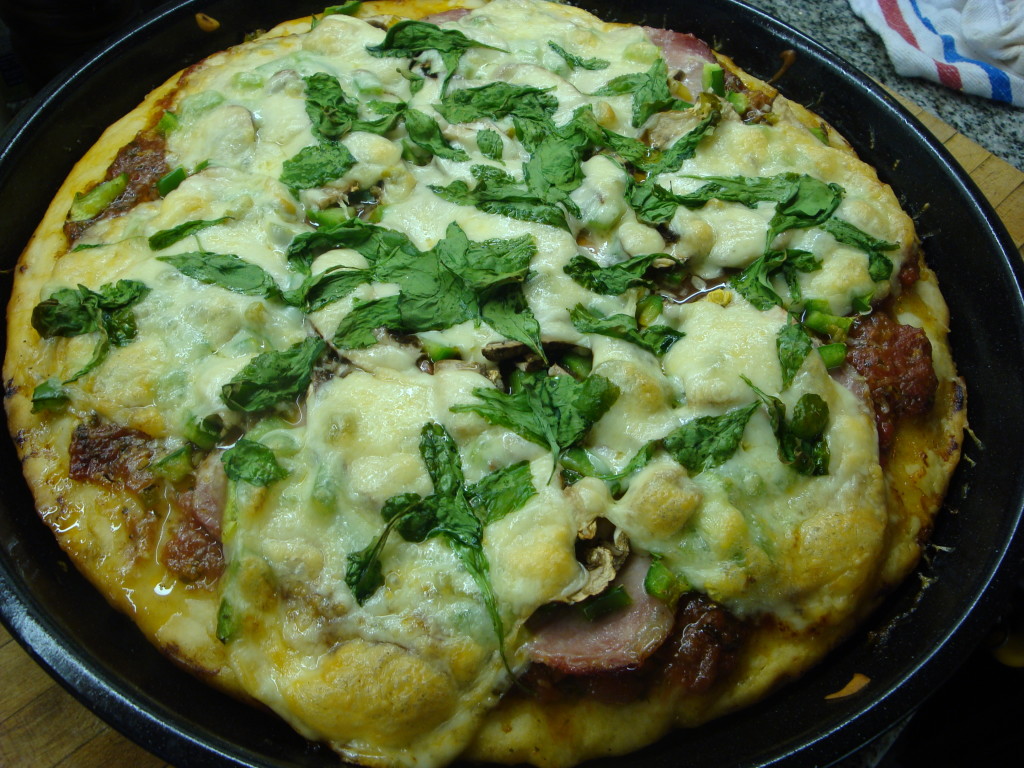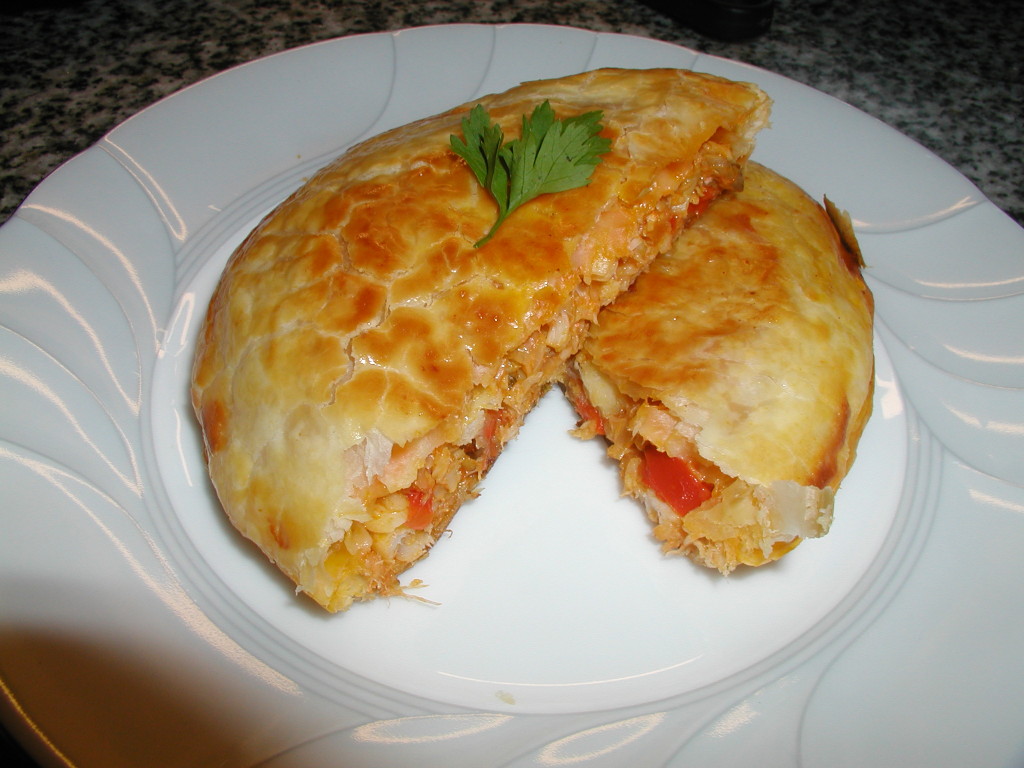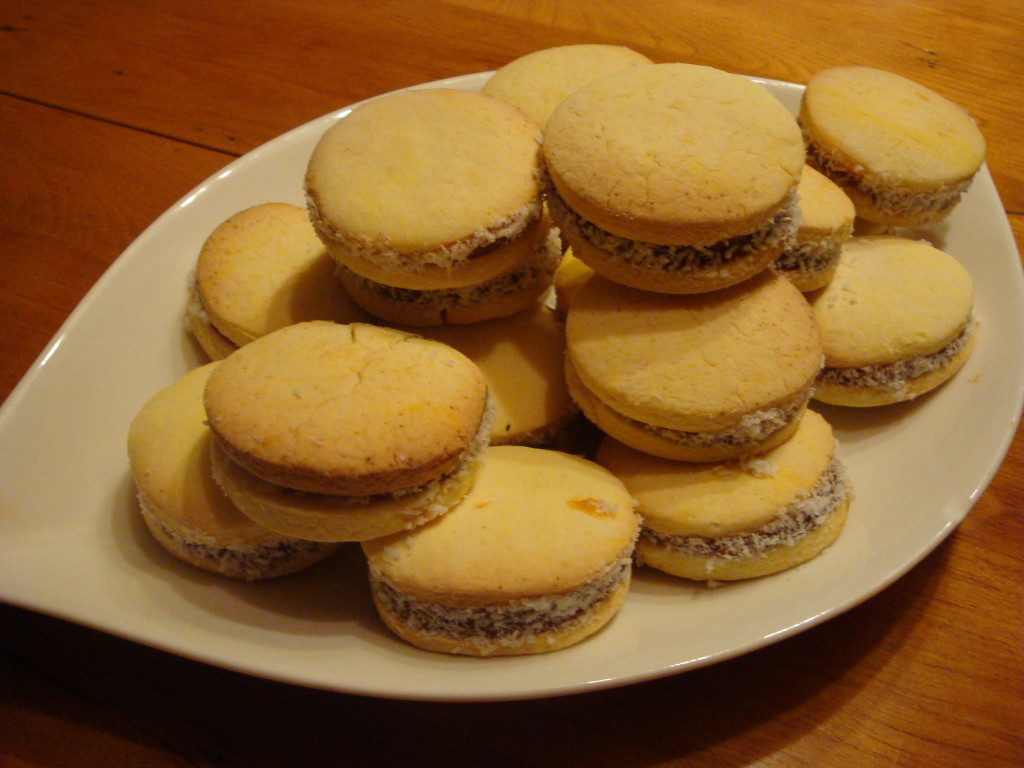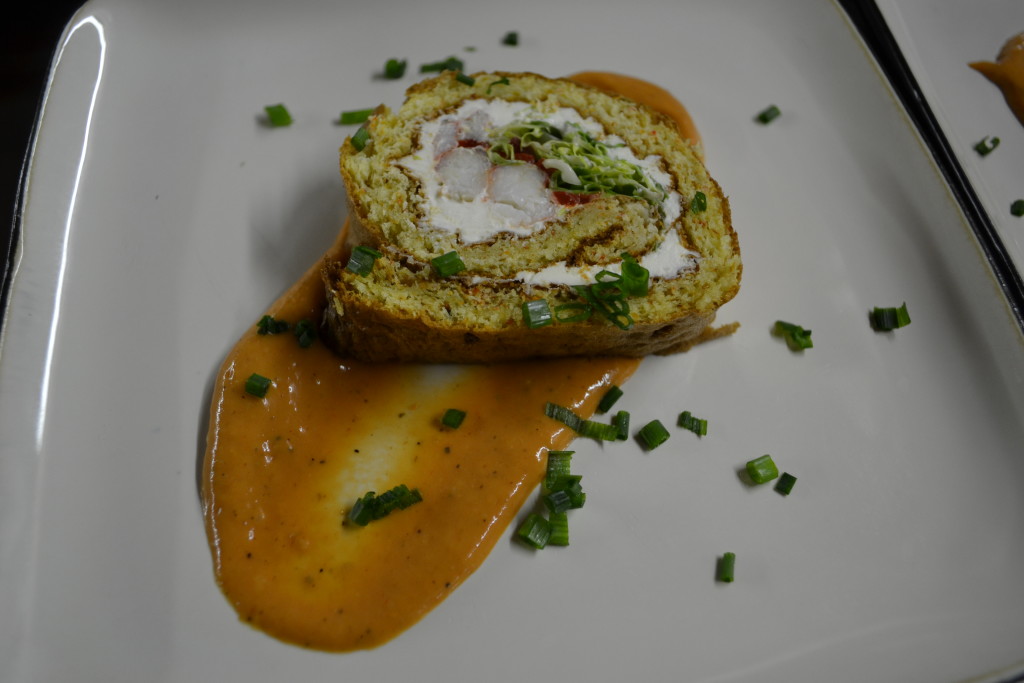Love your dimples
On Sunday supplement
Food and Wine
Almost everyone loves focaccia, the semi-flatbread that is a cross between pizza dough, bread, and the love child of olive oil and salt. Here in Argentina it’s likely the hidden origin behind local favorites fugazza and fugazetta, and I’ve seen some versions that were made on focaccia, but these days, the majority seem to be on a pretty standard pizza base.
The bread’s origins are supposed to have been from the Roman incursions into the area of the modern day Middle East, where they discovered local, unleavened flatbreads – the things that we know today from their descendants of pita, lavash, and similar breads. These were and are used both to dip into sauces and spreads, and as an adjunct to eating by hand, using them as a scoop for whatever’s on your plate. The Romans apparently loved the idea and carted it back with them when they were sent packing.
Now, it’s pretty clear that this was the origin of the pizza, and the dough used for pizza making is definitely more similar to the flatbreads of the Levant. And, focaccia likely came about the same way. The name is an Italian contraction of the original Latin, panis focacius, essentially “bread from the fireplace” – a bread cooked directly in the hearth rather than in an oven or in a mold of some sort.
But what’s the difference between pizza dough and focaccia? For the most part they look fairly similar, other than that the exposed top of the latter gets browned and then drizzled with olive oil, salt and, usually, herbs. There are two big differences though, and they really are quite different breads. Focaccia contains a large amount of olive oil right in the dough, far more than a pizza dough, and also more liquid – a 1:1 ratio wet to dry ingredients. It’s a very wet dough and a bit of a pain to work with, but the results are well worth it to do it right.
If you have a mixer with a dough hook, save yourself a huge amount of effort and use it for this. It’s do-able by hand, but hard work.
Focaccia
½ kg 000 flour, or better yet, high-gluten flour (harina glutinada)
2 teaspoons table salt (10-12 gm)
½ cube fresh yeast (25gm) or 1 packet instant dry yeast
140 ml olive oil
360 ml room temperature water
sea salt
fresh rosemary and/or dried oregano
Sift the flour into a large mixing bowl (if using a mixer, sift into the mixer’s bowl and run it on low to medium speed at this point). Mix the salt into the water and stir to dissolve – this will help distribute the salt better in the dough. Add the yeast, about a third of the olive oil, and two thirds of the water and mix well. Continue to add the water, a bit at a time, until it’s all incorporated.
If doing this by hand, pour another third of the olive oil onto a flat, clean counter surface and turn the dough out onto it (if you’re using a mixer, pour that third of the olive oil into the bowl and turn up the speed to medium-high). The dough will be very wet and sticky, almost like melted marshmallows. That’s fine, it’s exactly the texture you want. Instead of the usual pressing and folding type kneading that we’re used to for bread, you’re going to have to keep scooping up the dough, stretching it out, and sort of slapping it back down – get a good rhythm going of scoop, stretch and slap and just go at it for about 15 minutes. Gradually the dough will get less wet and stick and become very elastic and shiny (it will also incorporate most of the oil on the counter). In a mixer, speed it up to full and it will take about 7-8 minutes to reach the same point.
Put the dough in an oiled container and cover with a clean dish towel and let it rise until doubled in volume, about an hour. Unlike a bread dough, we’re not going to punch it down to knock the air out of it, we want as many of the air bubbles we developed as possible to stay in the dough. Pour about half of the remaining olive oil onto your baking tray, place the dough on it and gently press it out to cover the entire tray (a large pizza pan works well too). Cover with the towel again and let rise until doubled again, roughly an hour.
Use your fingertips and press dimples into the dough at regular intervals. Drizzle with the last of the olive oil. Sprinkle with coarse or flaky sea salt and the herbs. Place in a hot (220°C) oven and bake for 15-20 minutes until it’s golden brown on top and sounds hollow when you tap on either the top or bottom. Let cool. Eat.
A series of recipes and articles that I started writing for the Buenos Aires Herald Sunday supplement, Food & Wine section, at the beginning of 2012. My original proposal to them was to take local favorite dishes and classics and lighten them up for modern day sensibilities. We’re not talking spa or diet recipes, but at the very least, making them healthier in content, particularly salt, fat and portion size. As time went by, that morphed into a recipe column that, while emphasizing food that is relatively “good for you”, wasn’t necessarily focused on local cuisine. At the beginning of 2013 I decided to stop writing for them over some administrative issues, but it was fun while it lasted.
